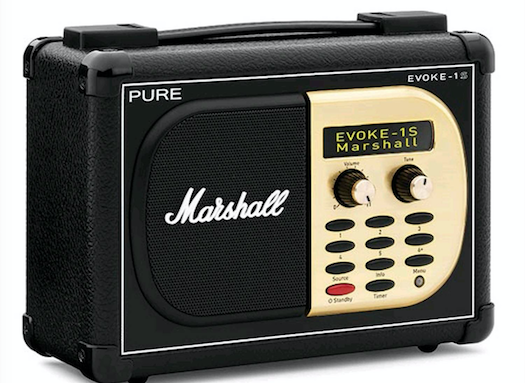Last month, we posted an article by Australian expat and media researcher, John Patkin, now based in Hong Kong, who argued that AM/FM and DAB+ would become obsolete as internet or online delivery became ubiquitous. The article brought swift response from industry heavyweights such as CRA’s CEO Joan Warner, the ABC’s Director of Radio, Michael Mason and international radio futurologist, James Cridland.
But Patkin has many in his corner including one of Australia’s leading technology commentators Trevor Long with his luke warm appraisal of the LG Stylus DAB+.
Others such as Dr Harry Criticos a sessional academic at the University of Newcastle and radioinfo’s managing editor Peter Saxon have also added to the debate surrounding radio’s future .
Now with his reponse to the responses to his original article, here is the latest from John Patkin.
I have been reading some of the responses to the article published on radioinfo.
I appreciate that industry representatives and those whose livelihoods depend on radio would be eager to defend the medium in its present form. As I have stated before, it is easy to comment from the cheap seats, however it is important to clarify a few points which were raised in response to my original article that I had submitted as DAB/DAB+ revisited and headlined as AM/FM/DAB+ are endangered radio species
Due to the competition between device manufacturers we can expect changes in how we listen to sound generated by portables. Intel and LeEco have a USB-C connector while Samsung is reportedly dropping the 3.5mm jack and offering audio wirelessly with ear buds like the water resistant Gear IconX which charge in their carry case.
Branded audio receivers will be expensive but good quality Bluetooth ear buds are available for around US$15 and are getting cheaper by the day. Adding an adapter to a 3.5mm jack is too much trouble when compared to wireless alternatives. The CRA-hyped LG stylus DAB Smartphone has received average reviews and its digital radio features are limited to listeners in Australian capital cities who need to connect wired headphones to act as an aerial even if they want to use the inbuilt speakers. An additional wire is not required to listen to pre-installed music, downloaded podcasts, and streaming audio.
The idea of calling a radio station to “share” may work with existing audiences but research shows millennials prefer texting and social media. The 2016 Chevrolet Cruz, one of the best selling cars among America’s youth, comes with 24GB of data while its radio is described as difficult to use. If radio is to be convenient and accessible to millennials, then it needs to be packaged within something that is part of their routine. At present, routine is strongly associated with personal electronic communication devices and transportation.
If China, the “world’s factory,” fully adopted DAB along with its neighbour India, then demand for receivers may increase innovation and reduce prices. The programme of the recent RadioAsia conference in Beijing promoted social media, content, streaming and the use of Smartphones. World DAB’s leadership was well represented but Beijing remains silent on increasing its commitment to the platform. Instead we are seeing continued demand for Chinese-made smartphones in India (and elsewhere).
Radio is essential in certain sectors and communities such as the country and for the visually impaired. This is the difference between a for-profit operation and a service that serves the community and that is why the ABC and community broadcasters play vital roles. It would be a pity to see these broadcasters spend money on the development of DAB+ when they could strengthen, or at least maintain, their existing content and boost their online delivery services. Non-profits also play an important role in addressing the digital divide, as do public libraries.
As previously stated, for-profits are primarily responsible to their shareholders and they should do whatever is legal to make money. That could involve partnering with telcos to utilise existing infrastructure that is constantly being developed. Such technology also allows radio stations to break out of the four-walled studio cells and broadcast from hot desks.
One of my first jobs in radio taught me that it costs money to run a transmitter and they don’t always work. For all the time that I had been associated with the station, the reception in its broadcast area was fuzzy. One working bee involved mending the fence protecting the base of the antenna after it had been head-butted by a horny ram. We also replaced two huge glass valves that seemed to weigh a ton. While these anecdotes remind us of the good old days, they also make us realise that there are more efficient ways to broadcast audio.
What is evident in this public debate is that some believe radio is strongly aligned to a call sign, a number on a limited spectrum of delivery and a set space. This is threatened by the possibility that much larger multimedia organisations, which identify the value of accessible audio content, will eclipse the existing model by creating their own stations with branding that goes beyond a limited platform. Comparisons between the LG Stylus DAB+ and streaming have shown internet delivery costs are negligible (and sometimes free), while digital reception is limited. What would be great would be to explore whether online radio listening would really break the Internet. That would be better than simply likening radio to a cockroach…

John Patkin is a regular contributor to AsiaRadioToday and radioinfo. He is a Hong Kong-based Australian media researcher.

